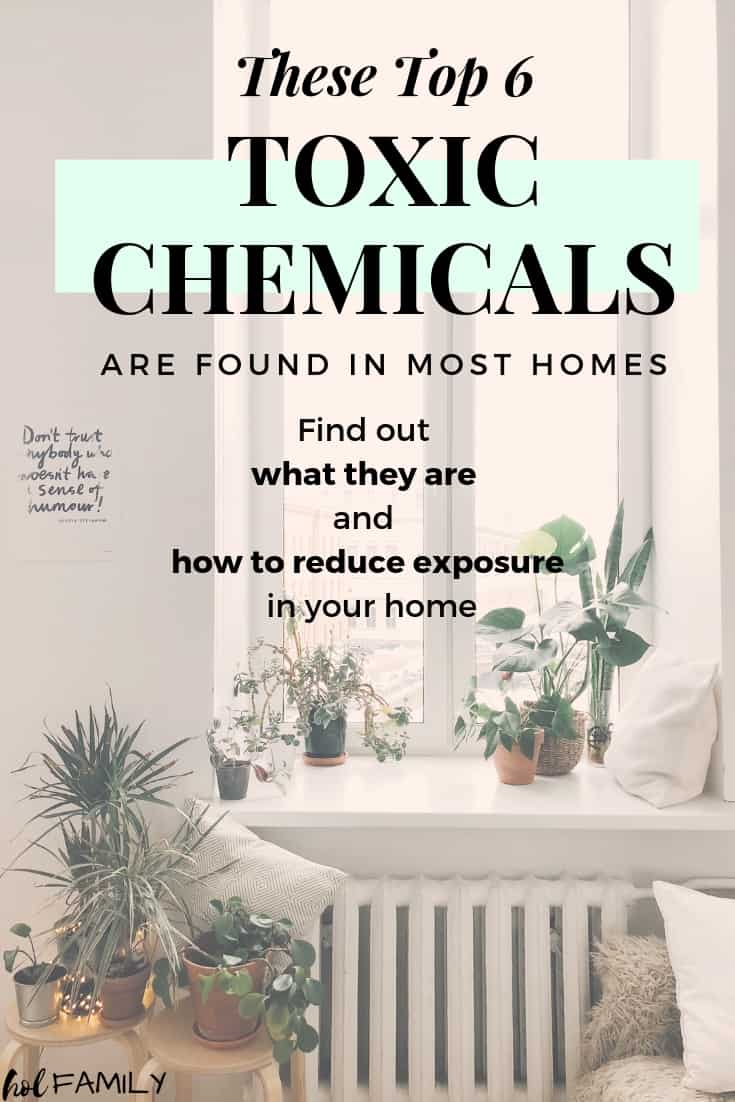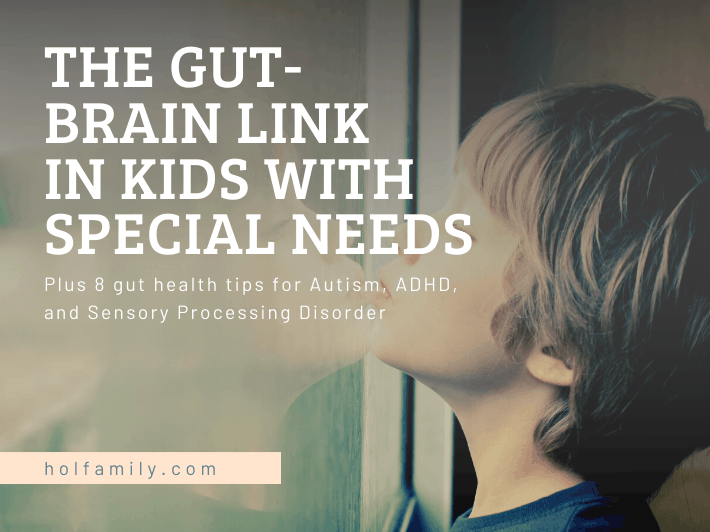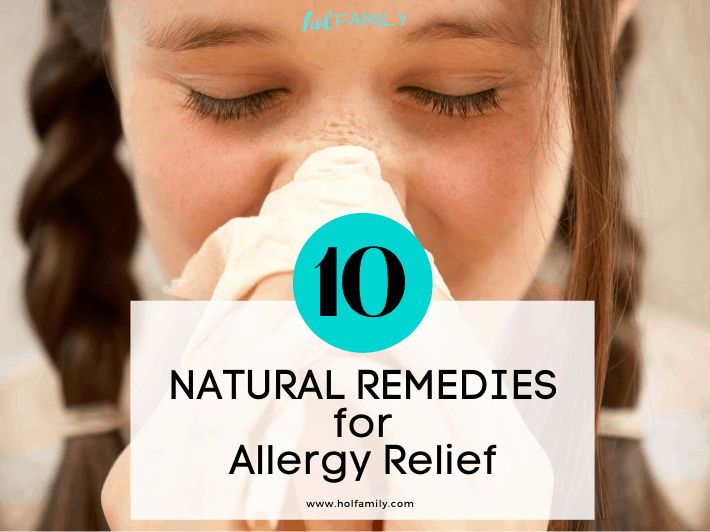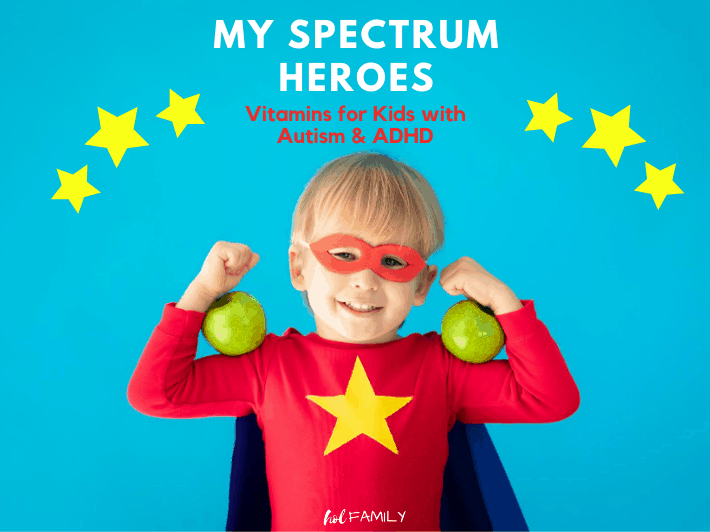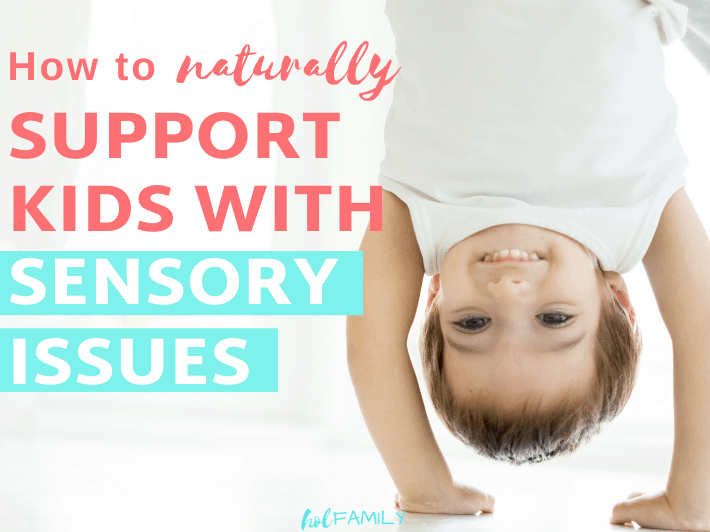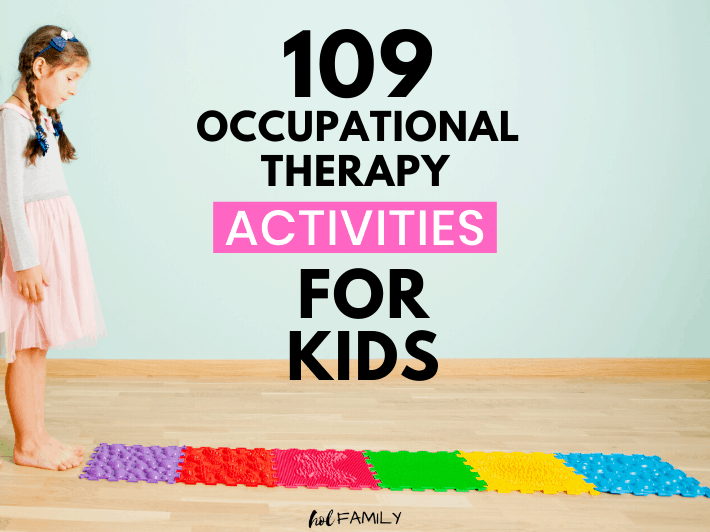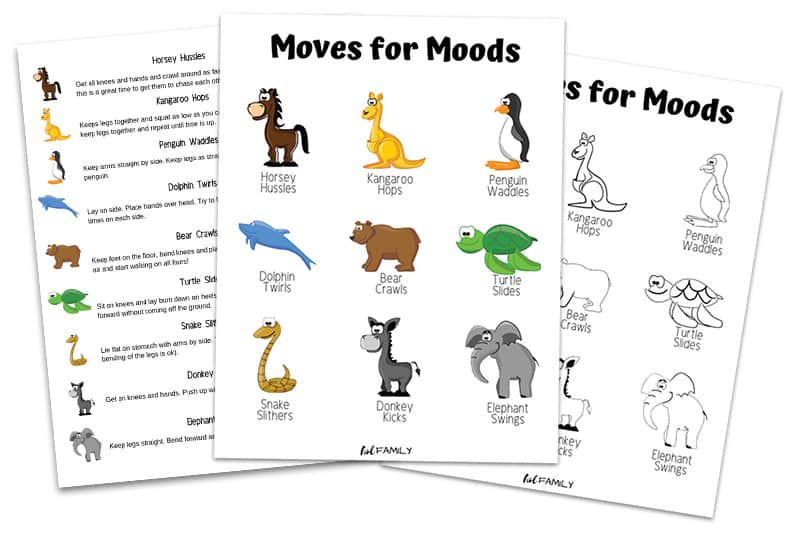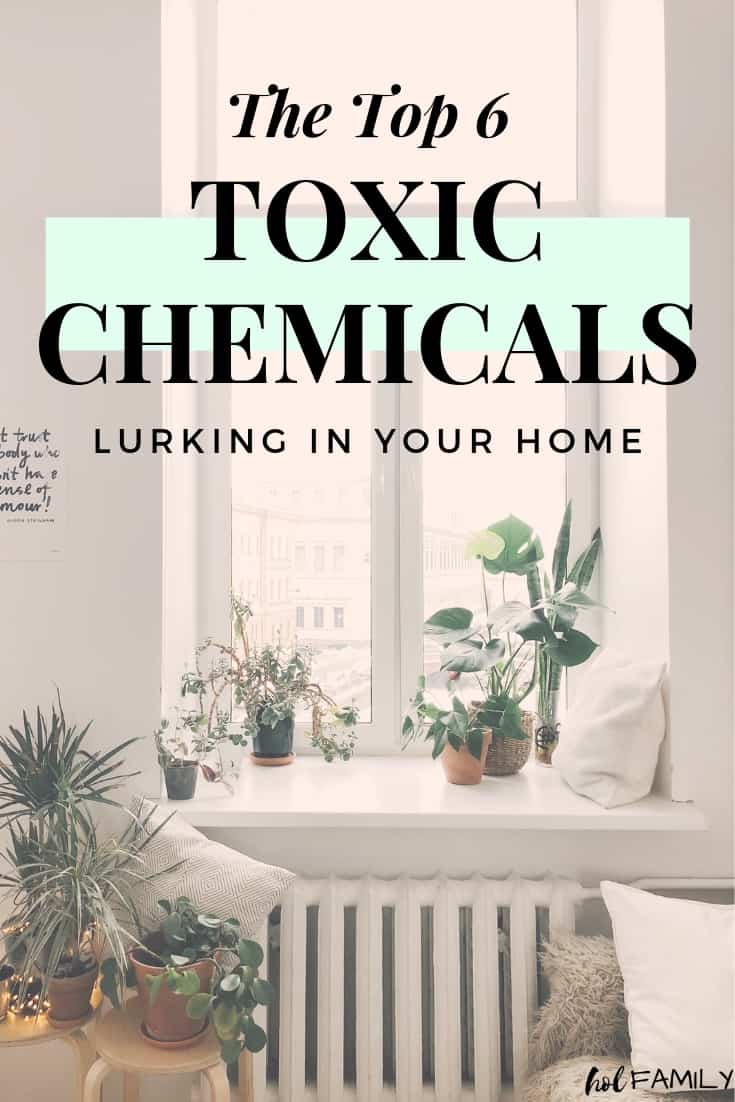
Toxins, toxins, toxins. When we hear the word “toxins,” we typically picture a tall smoke stack pumping out a grey, foul-smelling gas.
With so many sources of environmental pollution, it can be tempting to want to spend our days indoors to protect our families from harm. In fact, people living in developed countries typically spend more than 90% of their time indoors!
Unfortunately, in many cases indoor air has higher concentrations of toxins than outdoor air.
Most of these toxins are found in the food we eat, the water we drink, the air we breathe, the toys our children are playing with, the mattresses we are sleeping on, the products we are using on our bodies, and even in the dust we find covering our furniture.
And it all adds up! Studies have shown we have anywhere from 400-800 different chemicals stored in our bodies (typically in our fat cells).
Research is also beginning to uncover what most have us have suspected for years…exposure to toxins and chemicals in our environment are being linked to a whole host of health problemsincluding chronic fatigue, allergies and sensitivities, hormonal imbalance, immune system disorders, neurological problems, and cancer.
A 2004 report in the British Medical Journal nailed it when they said,
“it is clear that environmental and lifestyle factors are key determinants of human disease – accounting for perhaps 75% of most cancers.”
Pregnant women (babies) and children are especially vulnerable to toxins because their brain and other organs are still developing.
Babies and children are typically crawling around on dusty floors, putting toys and other items in their mouths, and frequently bathing in tap water. Because of this, research has found even higher concentrations of certain toxins in children than adults (2).
Their tiny bodies are being bombarded by so many toxins on a daily basis leading to many adverse health effects including endocrine disruption, asthma, immune dysfunction, cancer, and cognitive and behavioral issues.
The majority of the toxins in our homes are invisible to the eye, making it much easier to just accept them as a part of life. Out of sight, out of mind. Unfortunately, just because we cannot see these chemicals does not mean they are not there, wreaking havoc in our bodies.
I’m going to share with you the top 6 toxins within your home, and give you some practical tips on how to reduce toxin levels in your home.
The Top 6 Hidden Toxins Lurking in Your Home
1) Flame Retardants

Flame retardants are chemicals that are added or applied to many products we use on a daily basis in order to help prevent fires from starting or to slow their growth.
Many flame retardants have been slowly removed from newer consumer products or replaced with different chemicals. However, they have been in widespread use since the 1970s and do not easily break down. They are known to remain in the environment for years, building up in people, plants, and animals with time.
Flame retardants are present in the air we breathe, the food we eat, the water we drink, and the dust our children play in.
Health Risks: Many studies in animals and humans have shown that the chemicals in flame retardants can have serious long-term effects on the endocrine, immune, reproductive, and nervous systems and can even lead to cancer (3).
Flame retardants are especially dangerous for children, leading to problems with fetal and childhood development, neurological issues, and chronic health conditions (4).
Sources: Furniture, carpets, curtains, fabric blinds, mattresses, laptops, phones, televisions, appliances, wires, cables, building and construction materials, carseats, change table pads, clothing, playpens.
Reducing Exposure:
- Minimize dust levels by frequent wet mopping and vacuuming with a high efficiency particulate air (HEPA) filter to help remove contaminants from your home.
- Maintain good ventilation within your home.
- Practice frequent hand-washing, especially for children.
- When making buying choices, always purchase baby products and furniture filled with cotton, polyester, or wool, instead of polyurethane foam.
2) Pesticides

Pesticides are a class of chemicals used to kill insects, weeds, and mold that could negatively affect a crop from growing. Pesticides are found on 2/3 of conventionally grown produce and remain on foods even after washing, cooking, and in many cases even peeling.
Pesticides can also contaminate drinking water, drift away from farms to surrounding communities, and be carried into homes on shoes and other belongings.
Health Risks: Research has linked various pesticides to birth defects, asthma, fertility issues, behavioral problems, cognitive issues, hormone disruption, and even cancer (5).
Pregnant women and children are especially vulnerable and have a “unique susceptibility” to toxicity from pesticides according to a 2012 report from the American Academy of Pediatrics (6).
Sources: Conventional fruits, vegetables and commercially raised meats, household pest control products and sprays, and chemical lawn treatments
Reducing Exposure:
- Buy organic when possible, and when you can’t buy organic choose less contaminated conventional produce (see EWG’s Dirty Dozen and Clean 15).
- If you are growing your own food, use ecofriendly and pollinator-safe pest control options instead of pesticides to grow your food.
- Use only natural products for in-home pest control such as essential oils or diatomaceous earth.
- Avoid toxic weed killers for your lawn and garden. Non-toxic options are available for weeds and grub control.
- No shoes in the house. The bottom of our shoes are full of germs and harmful chemicals which are transferred to your floors. Babies and children crawl around on those floors, putting their hands to their mouths often. Removing shoes at the door is one easy way to minimize the transfer of these dangerous chemicals into your home. It also is a great way to minimize how frequently you need to clean your floors.
3) PFAS Chemicals (PER- and Polyfluoroalkyl Substances)

This family of chemicals are used to make grease, water, and stain repellent coatings on a wide variety of consumer products as well as industrial uses. Their widespread use makes them a multi-billion dollar class of chemicals, but not without some serious unwanted side effects.
According to The Centers for Disease Control and Prevention, PFAS are found universally in the blood of Americans and likely in many other countries as well. Because of their popularity and use, these chemicals degrade over time and pollute the environment.
Health Risks: Exposure to PFAS can result in changes to liver, thyroid, pancreatic, and hormone function. Human studies have shown that PFAS can lower the immune system, increase cholesterol, impact fertility, affect growth and development in infants and children, alter behavior, and increase the risk of cancer (7).
Sources: Coating on carpets, clothing, microwave popcorn bags, fast-food wrappers, take-out containers, pizza boxes, waterproof and stain-repellent clothing, watches, non-stick pans, kitchen utensils, cleaning supplies, dental floss, eye make-up, nail polish, shampoos and other personal care products.
Reducing Exposure:
- Make popcorn on the stove or using an air popper.
- Buy natural dental floss.
- Check labels on personal care products and avoid anything with “PFTE” or “fluoro.”
- Avoid “Teflon” and most other nonstick pans.
- Minimize or eliminate all fast-food.
- Cut back on take-out foods and bring your own containers.
- Do your homework! According to the EWG, Teflon, Scotchgard, Stainmaster, Polartex, Gore-Tex and popular clothing and shoes from top brands like Nike, Puma, Adidas, Burberry, Columbia, Apple, and more all are known to contain PFAS chemicals.
4) Phthalates

These chemicals known as “plasticizers” are used to make plastics softer and more pliable. They are also used as solvents in many everyday household products.
Phthalates enter the body by touching or using products made with phthalates, breathing dust in rooms with wallpaper, blinds, or flooring containing phthalates, or ingesting food or water packaged in plastic, chewing on soft vinyl toys or products made with phthalates, or drinking water contaminated with phthalates
Health Risks: Phthalates are highly toxic substances that can contribute to thyroid problems, endocrine disruption, diabetes, obesity, reproductive issues such as lower sperm counts, decreased sperm mobility, birth defects, and cancer (8, 9, 10.)
Sources: Perfumes (fragrance), synthetic fragrances, shower curtains, toothbrushes, food packages, water hoses, toys, plastic wrap, cosmetics, non-prescription drugs, natural health products, building materials, lubricants and greases, paints and coatings, adhesives and sealants, fabrics and textiles, electronic items, printing inks, automotive products, pest control, indoor air, dust, water, and food.
Reducing Exposure:
- Read labels and ingredient lists, choosing products labeled as “phthalate or PVC free.”
- Choose products that are fragrance free.
- Beware of products with recycling code #3 or “V” which indicates PVC.
- Use essential oils instead of perfumes, scented candles, air fresheners, or other synthetic fragrances.
- Use only glass containers to heat food in the microwave.
- Store food in stainless steel or glass containers.
- Do not let children suck on or chew plastic items.
- Drink only reverse osmosis water or buy a water filtration system like this one.
- Eliminate or decrease the use of plastics in your home.
- Switch to wooden toys.
5) Heavy Metals
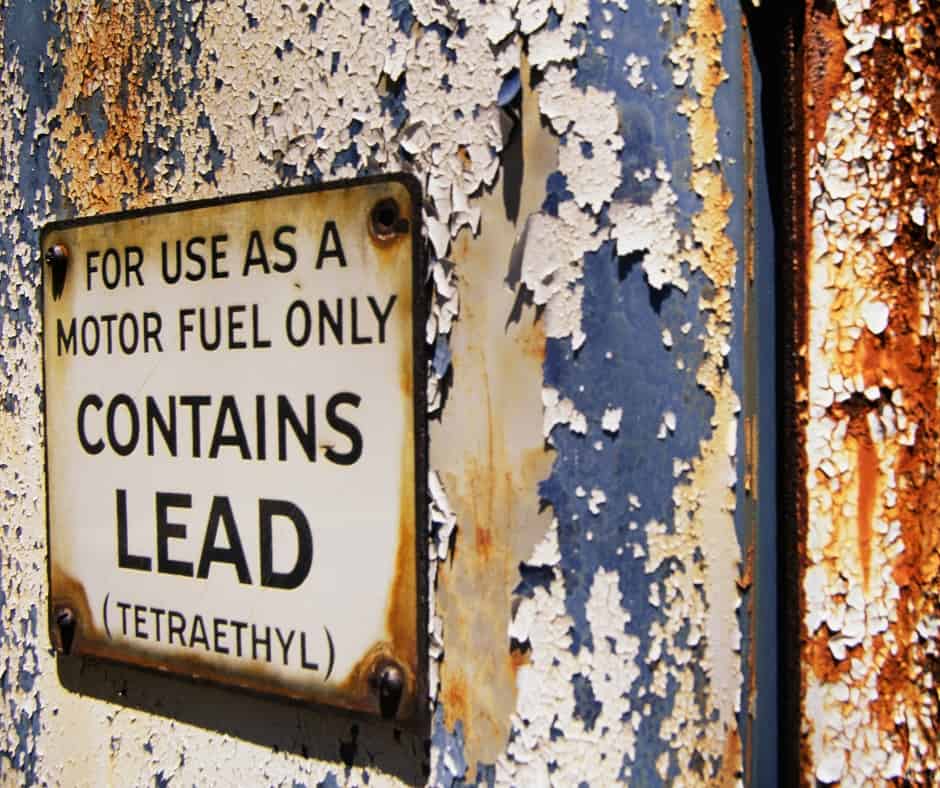
Lead, arsenic, mercury, aluminum, and cadmium are all examples of heavy metals that are very prevalent in our environment. Heavy metals can accumulate in soft tissues within the body where they build up and become extremely toxic.
Heavy metals have become a global threat to our ecosystem and human health. Urban waste and industrial pollution have contributed to heavy metal contamination in almost all water supplies and food sources.
Health Risks: Heavy metals have been linked to Alzheimer’s disease, brain fog, neurological disorders, cancer, low red and white blood cell production, heart arrhythmias, cardiovascular issues, nausea and vomiting, and Autism (11, 12, 13).
Sources: Vaccines, drinking water, seafood, pesticides, some types of wood, deodorants, dental fillings, chlorine plants, lead paints, building materials.
Reducing Exposure:
- Drink only reverse osmosis water or buy a water filtration system like this one.
- Avoid high mercury fish (swordfish, king mackerel, shark, orange roughy, marlin, tilefish,) and limit tuna.
- Check older homes for lead paint.
- Avoid all products with PFC (non-stick, Teflon, scotchgard).
- Avoid treated wood for building decks or play structures.
- See a biological dentist who specializes in safely removing amalgam fillings.
- Use aluminum free cook and bakeware.
- Use aluminum free deodorants.
6) EMFs

Electric and magnetic fields (also known as EMFs) are invisible energy fields created by natural and man-made lighting as well as electrical power sources. EMFs can produce non-ionizing or ionizing radiation. Ionizing radiation is the type that carries more potential health risks including cellular and DNA damage.
Unfortunately, studies on EMFs and their impact on human health have been limited and additional research is required to evaluate the full extent of their potential harm.
Health Risks: High EMFs can disturb the body’s natural energetic field. Prolonged exposure can lead to stress, fatigue, headaches, sleep disturbances, memory loss, depression, chronic illness, Alzheimer’s disease, Autism, and DNA changes(14, 15).
Some studies have shown an association between living near power lines and childhood cancer (16).
Some other studies have also shown potentially greater risks of childhood and adults cancers from EMFs.
Sources: From least ionizing to greatest, sources include power lines, computers, television and radio, cell phones, smart meters, Wi-Fi, microwaves, infrared devices such as television remotes, remote controls, light bulbs, visible light, UV rays from tanning beds, UV rays from the sun, x-rays, and radioactive waste.
Reducing Exposure:
- Turn off cable modems and DSL routers at night.
- Disconnect Wi-fi at night, especially in the bedroom.
- Leave cell-phones out of the bedroom.
- Unplug electronics when not in use.
- Turn off lights during the day.
- Use hard-wired internet instead of wi-fi.
- Do not stand in front of microwaves when in use.
- Choose to live away from major power lines and cell towers.
- Avoid tanning beds and practice sun safety to reduce UV exposure.
Were you shocked at these 6 dangerous toxins hiding in your home? I know I was! What is one step you will take today to reduce exposure in your home? Leave a comment below and let me know!
